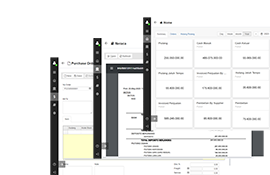Decision Tree
Table of Contents:
Definition of Decision Tree
Decision Tree refers to visual and analytical tool used for making strategic choices and assessing potential outcomes based on a series of interconnected decisions and uncertainties.
It involves mapping out a decision-making process in a tree-like structure, where each branch represents different options and potential consequences.
Decision Trees are widely used in financial analysis, risk management, and investment evaluation to assist in complex decision-making, identify potential risks and rewards, and optimize financial strategies.
What is Decision Tree?
A Decision Tree is a financial modeling technique that helps individuals and organizations evaluate and analyze complex financial scenarios.
It provides a systematic and logical framework for making decisions by considering multiple variables and their possible outcomes.
Decision Trees involve splitting decision points into different branches based on various criteria, probabilities, and expected values.
By following the branches through the tree, decision-makers can understand the implications of different choices and make informed financial decisions.
This method is particularly valuable in portfolio management, options pricing, capital budgeting, and credit risk assessment.
